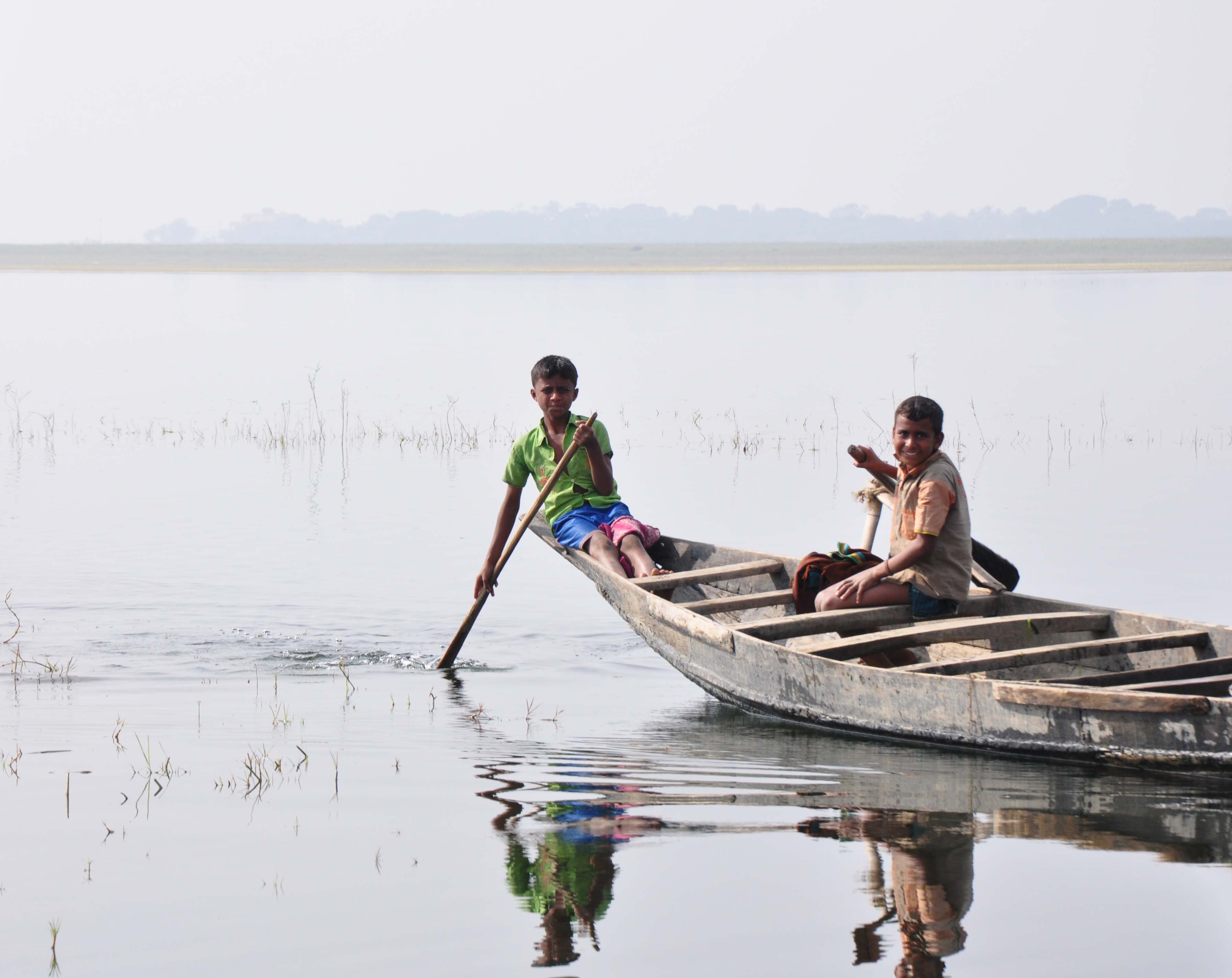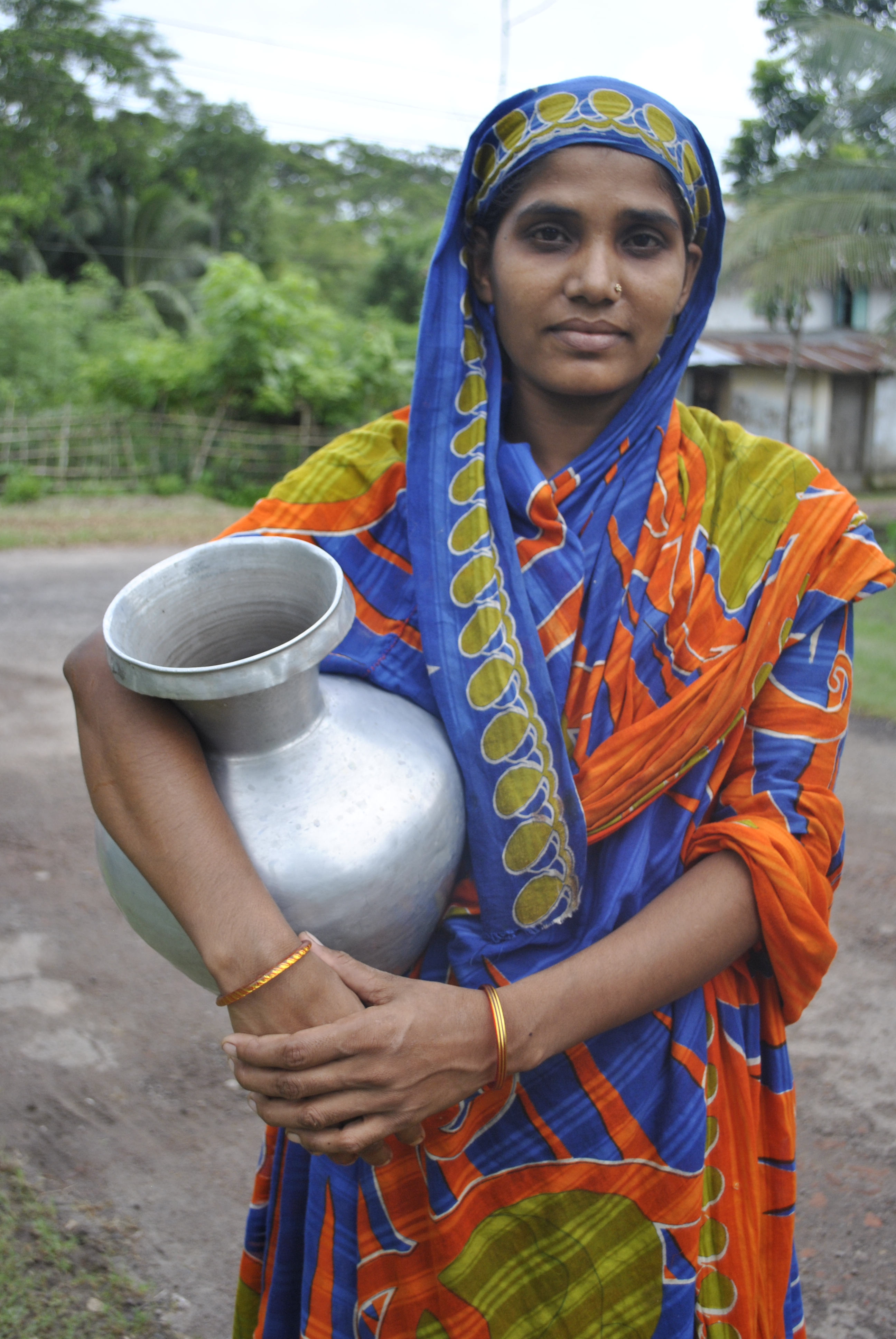By Bill Young
Today, 22 March, is World Water Day. Celebrated annually by the United Nations, World Water Day recognises this day as ‘a time to focus on the importance of freshwater and to advocate for the sustainable management of freshwater resources’. In 2013 this day also reflects the United Nations’ International Year of Water Cooperation. The Australian water research and water management sector believes that Australia has much to offer other nations—especially developing nations—in managing scarce water resources in the face of growing demand and climate change.
To test this view, AusAID hosted a week-long workshop in August last year to share Australian technical methods and tools to water resources professionals from the World Bank, the Asian Development Bank and technical institutes with water expertise in South Asia. The panel concluded that the Australian experience and tools could contribute substantially to improving water management in the developing world, and thus assist in poverty alleviation. The challenge now is to achieve appropriate engagement in the region.
To help formalise this process, the Australian Prime Minister Julia Gillard announced in October last year a new partnership between India and Australia for exchange of water science and technology. While initially focused on India, it is widely recognised that many of the major water issues in India relate to transboundary management of the rivers of the region. With support from AusAID, Australian technical partners are working with technical institutions across South Asia to build capacity in water resources management. They are also collaborating to help solve water management problems through application of Australian tools and methods.

What is most exciting here is the opportunity for Australia to help South Asian countries leapfrog ahead in water management and water technologies. Can South Asia achieve in 10 years what it has taken 30 years of reform and research to achieve in Australia? If the answer is ‘yes’, this would be of huge benefit to economic development in the region.

Many of South Asia’s vulnerabilities are felt through water. Irrigation consumes nearly 40 per cent of the available renewable water resources of the region. India, the largest country in South Asia, faces a growing water crisis. Over 750 million people (one in nine of the world’s population) live in the river basins that span India. A rapidly increasing population, increasing demand for energy and the growing industrialisation of the Indian economy are leading to a greater demand for water and higher levels of water pollution. By 2030 water demand in India is projected to be around double the supply. Already, water scarcity is impacting food production. Addressing demand, supply, and water-use efficiency will be key to achieving future water security.
Water is not only critical to food production, but is also central to energy production in the region. The largely untapped hydropower of the Brahmaputra River is approximately double that of China’s Three Gorges Dam. Energy security (especially renewable energy) is fundamental to economic growth and stability for the region. The major challenges with developing water resources for hydropower revolve around achieving equity in sharing the benefits between upstream and downstream nations and communities, and between the environment, fisheries, industries, agriculture and subsistence livelihoods. The negotiations required to achieve appropriate outcomes must be informed by robust and transparent evidence, which requires a high level of cooperation in international river basins.
Initial opportunities for Australia to contribute to the region include firstly, working with the International Centre for Integrated Mountain Development in Nepal and other partners to build a comprehensive hydrologic, agricultural and economic modelling system for the Koshi Basin which spans China, Nepal and India. Then, working with the government of India and the state of Odisha to assist with modelling and analyses to underpin basin-scale water resource planning for the Brahmani-Baitarani rivers in eastern India.
These are the first small steps in building the technical and institutional capacity in the region to help South Asian countries leapfrog ahead in water resources management in the coming decade
About the author:
Bill Young leads the CSIRO Water for a Healthy Country Flagship. Later this year he will move to India to lead the South Asia Water Initiative, a joint initiative of the World Bank and the aid agencies of Australia, UK and Norway.
This article was originally published at Engage: Discussions about the Australian aid program

